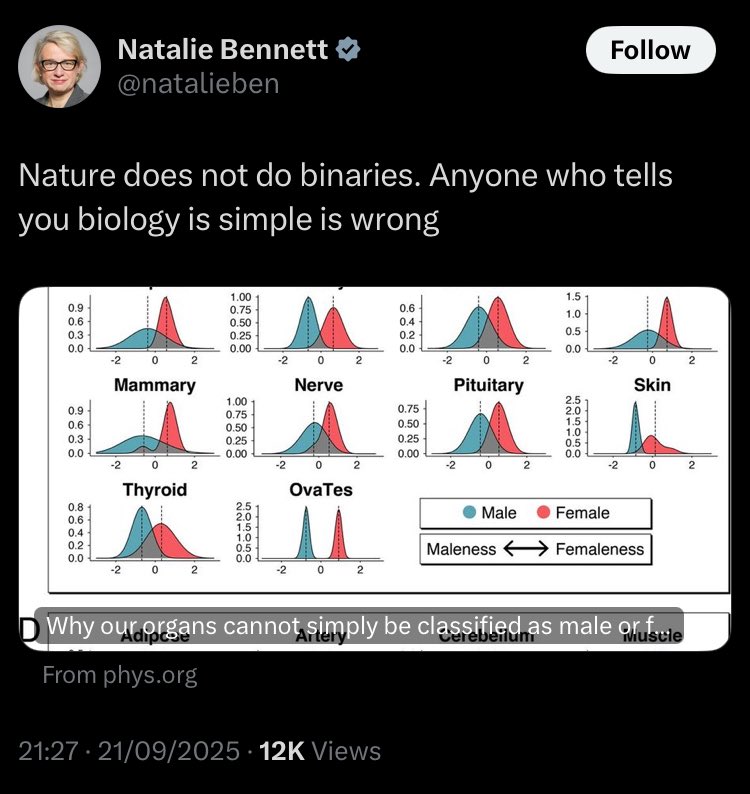I’m curious about which image Ronson was referencing here. @Glinner Any thoughts? Do you remember? 

Was it one of these two, now being sniffed around by colleges keen to bolster their female track team? 

All incendiary, unpleasant and harmful? You’re damn right they are. Here’s Selina Soule talking about Andraya Yearwood and Terry Miller (directly above).
I have to ask: is there a non-incendiary way to show a massive older male looming over his young female teammates?
It’s incendiary only because it looks so shocking. And it looks so shocking because the bare facts about what is happening to female sport *is* shocking.
IIRC, in Publicly Shamed, @jonronson writes about attracting dissent for calling Twitter ‘the Stasi’ - a statement he acknowledges as ‘overblown’ (incendiary?) - and dismissing it as his detractor having not really grasped the issue. I might respectfully suggest the same here.
Appalling grammar which I’d normally ignore but it’s the very word I’ve highlighted 🙈
*are* shocking.
*are* shocking.
Why should we ignore this? Why should we ‘be nice’? God knows these males get enough gushing press attention - awards aplenty.
• • •
Missing some Tweet in this thread? You can try to
force a refresh















